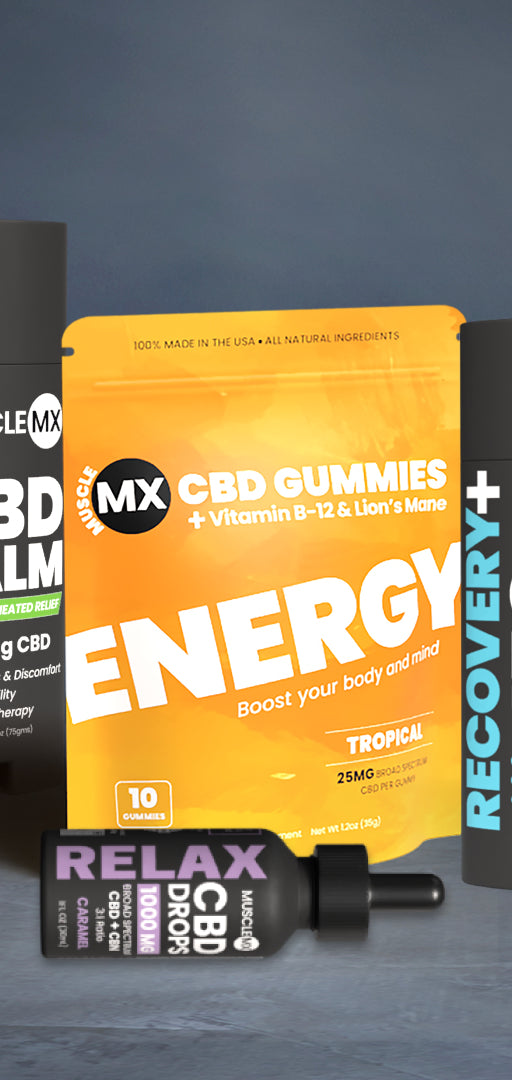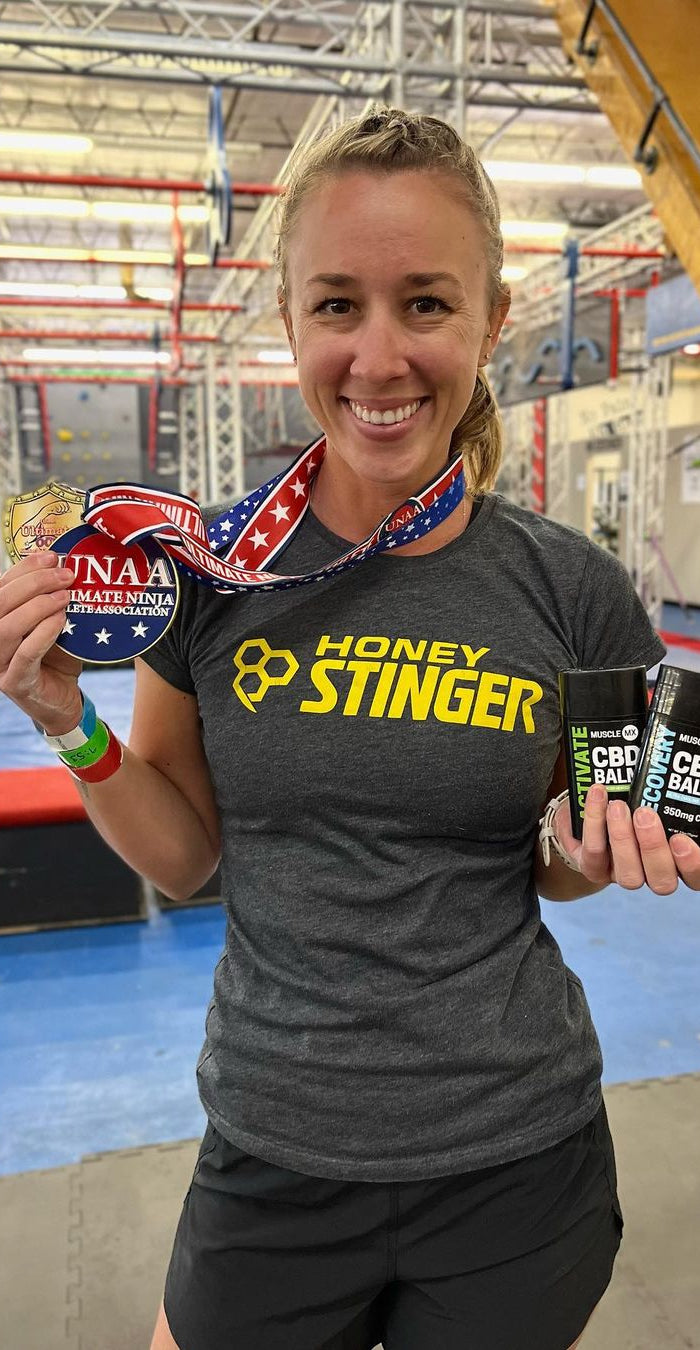Injury Prevention Strategies for Everyday Activities
Injury prevention isn't just a topic for athletes or extreme sports enthusiasts. It's an essential consideration for everyone, no matter your daily routine.
From walking the dog to climbing stairs, every activity comes with a certain level of risk. By understanding and addressing these risks, we can help prevent injuries and keep ourselves feeling our best as we lead the lives we want.
Injury data reveals that unintentional injuries are a significant American public health issue, sending millions of people to the emergency department each year. By promoting healthcare practices that prioritize safety and well-being and recognizing the importance of injury prevention research, our aim is to share valuable strategies to reduce harm.
So, whether you're an older adult staying active, a young adult hitting the gym, or a parent ensuring your child's safety, injury prevention should be an essential part of your daily routine.
How To Recognize Risk Factors
An essential part of injury prevention is understanding potential causes of injury. Risk factors can vary significantly based on age, physical activity levels, and lifestyle choices.
For older adults, falls can be a significant concern. Simple actions like improving home safety or staying active to maintain strength and balance can support fall prevention. For young adults and high school students, physical activity, particularly sports, can lead to injuries if not done correctly.
Here, proper training, the use of protective gear, and adequate rest are imperative. For pediatric populations, child safety is crucial, with risks ranging from home accidents to child abuse.
It’s also not just about physical risks, though. Prescription drug misuse is a growing concern, particularly with opioids. It's essential to use these medications as directed by healthcare providers and understand the risks associated with misuse.
This is where healthcare providers play an essential role. They can help identify these risk factors and provide guidance on how to manage them. Whether it's your doctor discussing safe medication use, your physical therapist guiding you on proper exercise techniques, or your child's pediatrician advising on child health and safety, these professionals are invaluable partners in injury prevention.
What Are Prevention Strategies for Common Injuries?
Preventing injuries isn't about wrapping ourselves in bubble wrap — it's about being smart, informed, and proactive in our daily activities.
When it comes to falls, especially for older adults, a few simple steps can make a significant difference. Regular physical activity to maintain strength and balance, removing tripping hazards at home, and wearing non-slip shoes are effective strategies.
On the road, motor vehicle safety is key. Simple habits like wearing seatbelts, following traffic rules, and avoiding distractions while driving can significantly reduce the risk of accidents.
In our workplaces, whether it's an office or a construction site, injury prevention is imperative as well. For office workers, ergonomic furniture and regular breaks to stretch and move can help prevent strain injuries. For jobs involving physical labor or long hours on the feet, proper training, use of safety equipment, and rest periods are essential.
In addition, mental health cannot be overlooked. Chronic stress and other mental health problems can lead to physical health issues. Regular self-care, seeking professional help when needed, and maintaining a supportive social network are vital strategies.
Health promotion plays a key role in implementing these strategies. By raising awareness, providing education, and advocating for safe practices, we can create environments that prioritize safety and well-being.
What Are Tips for Preventing Exercise-Related Injuries?
Now, let's shift our focus to exercise-related injuries.
Whether you're a seasoned athlete or someone just starting on a fitness journey, injury prevention must be an important part of your routine.
Warm Up and Cool Down
Like a car that needs to warm up on a chilly morning, your body needs to prepare itself for the workout ahead. A good warm-up can gradually rev up your cardiovascular system by raising your body temperature and increasing blood flow to your muscles. This improves performance, helps prevent injuries, and reduces muscle stiffness.
Similarly, cooling down after your workout allows for a gradual decrease in heart rate and blood pressure while helping to remove any lactic acid buildup during exercise. Just a few minutes spent warming up and cooling down can make a significant difference to your workout and how you feel afterward.
Listen to Your Body
Your body is an amazing barometer of your overall health and fitness. It sends you signals all the time, and it's important to tune in and listen. If something doesn't feel right during a workout, it's important not to push through the pain.
Pain is your body's way of saying that something is wrong. Ignoring it could lead to serious injury. Instead, take a break and let your body rest. If the pain persists, it’s important to seek advice from a healthcare provider.
Train Smart
Training smart means understanding that more isn't always better. It's easy to get caught up in the enthusiasm of a new workout routine and push yourself too hard, but this can lead to overuse injuries.
It's much better to start slow, increase the intensity and duration of your workouts gradually, and give your body time to adapt. Incorporating a variety of activities also helps to work different muscle groups and prevent overuse injuries. The golden rule is to find a balance between activity and rest, understanding that both are essential for optimal health and fitness.
Proper Gear and Technique
Whether you're a casual jogger or a competitive athlete, using the right gear and technique is crucial for injury prevention. Wearing shoes that fit well and provide proper support can significantly reduce the impact on your joints.
Similarly, a well-fitted helmet in contact sports can be the difference between a minor accident and a traumatic brain injury. Beyond gear, mastering the correct technique in any exercise is key. Improper technique reduces the effectiveness of your workout and can lead to strain and injury.
Hydrate and Fuel Your Body
Keeping your body well-hydrated is essential, especially during long or intense workouts. Dehydration can lead to fatigue, dizziness, and other symptoms that may affect your performance and increase your risk of injury.
Along with hydration, your body needs the right fuel to perform at its best. Vitamins and minerals like vitamin C, vitamin D, calcium, and iron play vital roles in injury prevention. Vitamin C is essential for the growth and repair of tissues in all parts of your body, while vitamin D and calcium work together to keep bones strong, reducing the risk of fractures. You can find Vitamin D in fatty fish and fortified dairy products, while calcium is abundant in dairy products, leafy green vegetables, and almonds.
A balanced diet rich in lean proteins, whole grains, fruits, and vegetables provides the nutrients your body needs to function optimally, recover from workouts, and stay healthy. A well-fueled body is a well-functioning body.
By keeping hydrated and eating a balanced diet, you're giving your body the best chance to prevent injuries and recover effectively when they do happen.
Rest and Recovery
Rest and recovery are just as important as the workout itself. Your body needs time to recover and adapt to the stress of exercise. This is when the real benefits of a workout take place.
Your muscles repair, adapt, and become stronger during rest periods. So, don't neglect rest days in your workout routine — it's not about working out as hard as possible, but as smart as possible.
Injury prevention isn't a one-size-fits-all approach. It's about understanding your body, recognizing potential risks, and taking proactive steps to prevent injuries. By incorporating these strategies into your lifestyle, you can enjoy your activities while keeping yourself safe and healthy.
Manage Stress Levels
Stress creeps into our lives and can impact our health in multiple ways, including increasing the risk of injuries. High stress levels can lead to distraction, fatigue, and a decreased immune response, all of which can make us more prone to injuries. Managing stress is an important aspect of illness and injury prevention.
There are various ways to manage stress levels. Regular physical activity is one of the most effective ways as it releases endorphins, the body's natural stress relievers. Other strategies include mindfulness and relaxation techniques, such as yoga and meditation, maintaining a positive attitude, and keeping a strong social network for emotional support.
Incorporate CBD Into Your Routine for Overall Wellness
Incorporating CBD into your daily routine may also support injury prevention. CBD, or cannabidiol, is a compound found in hemp plants that interact with our body's endocannabinoid system (ECS). The ECS plays a role in maintaining balance or homeostasis in the body, supporting functions such as immune response, stress levels, sleep, and muscle health.
The ECS consists of two types of receptors: CB1, predominantly found in the brain, and CB2, more common in the immune system and peripheral tissues. CBD does not directly bind to these receptors but instead influences them to support the body’s response to stress and maintain optimal immune health.
CBD can also support muscle recovery. By encouraging balance within the ECS, CBD can help support the body's natural recovery process after strenuous physical activity. This can be particularly beneficial for athletes or anyone engaging in regular physical activity.
Research also suggests that CBD can also help support healthy sleep habits. Adequate sleep is imperative for overall health and injury prevention, as it's when the body repairs and rejuvenates itself. By supporting the ECS, CBD can help maintain a healthy sleep cycle, contributing to overall wellness and injury prevention.
Incorporating CBD into your daily routine could provide an extra layer of support in your injury prevention efforts. Whether you're easing feelings of stress, supporting muscle recovery, or encouraging restful sleep, CBD can be valuable for helping you stay active and injury-free.
Final Thoughts
Injury prevention is a lifestyle choice that affects every aspect of our daily lives. From the moment we wake up to when we go to bed, our actions, habits, and choices can expose us to risks or shield us from injuries. By understanding and implementing injury prevention strategies, we can reduce the risk of injuries, improve our quality of life, and continue to enjoy our everyday activities.
At Muscle MX, we understand the importance of wellness in all aspects of life. We're here to support your wellness journey and help you stay active, healthy, and injury-free.
We invite you to explore our full range of 3rd party tested, all-natural CBD products. Each product is designed with your well-being in mind, providing you with quality support for your everyday wellness journey.
Sources:
Injury Visits - Health, United States | Centers for Disease Control and Prevention (CDC)
Workplace Ergonomics Safety: Tips, Equipment, and Examples | Tulane University
Chronic stress puts your health at risk | Mayo Clinic










































